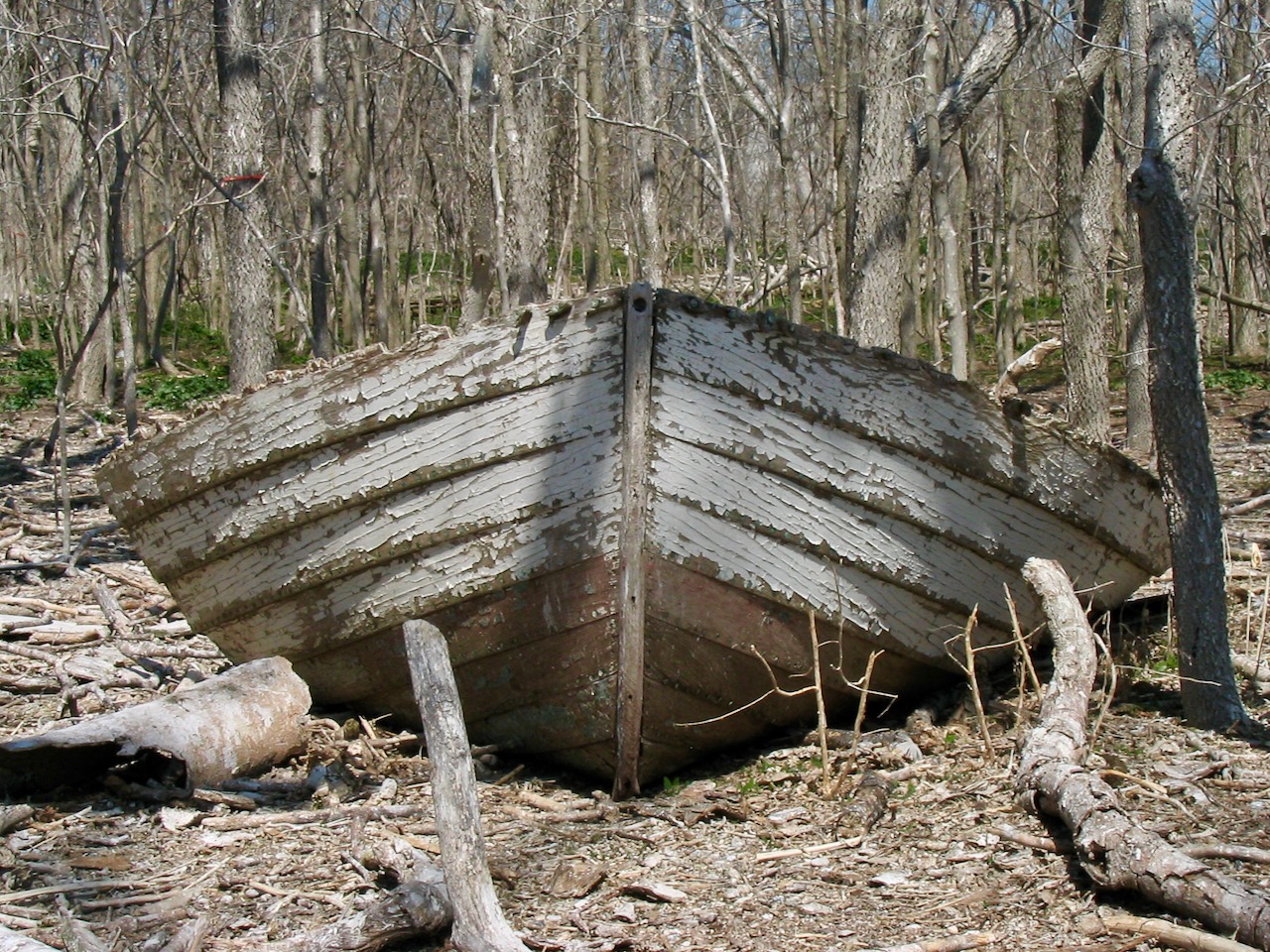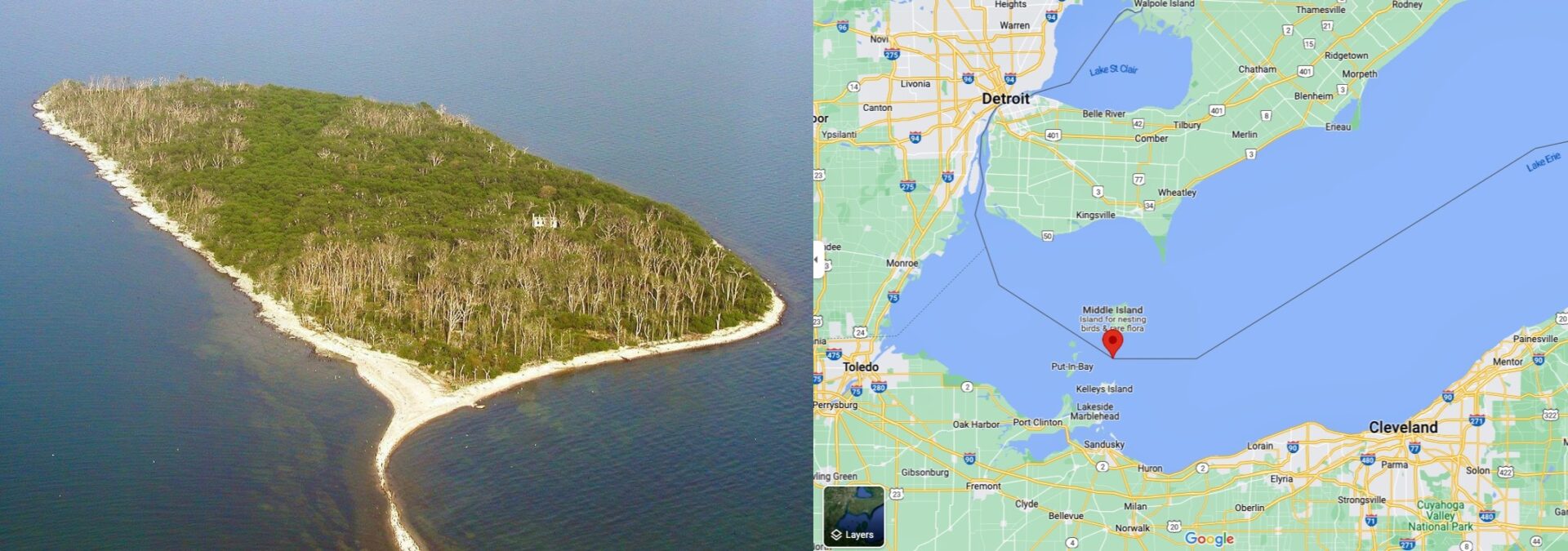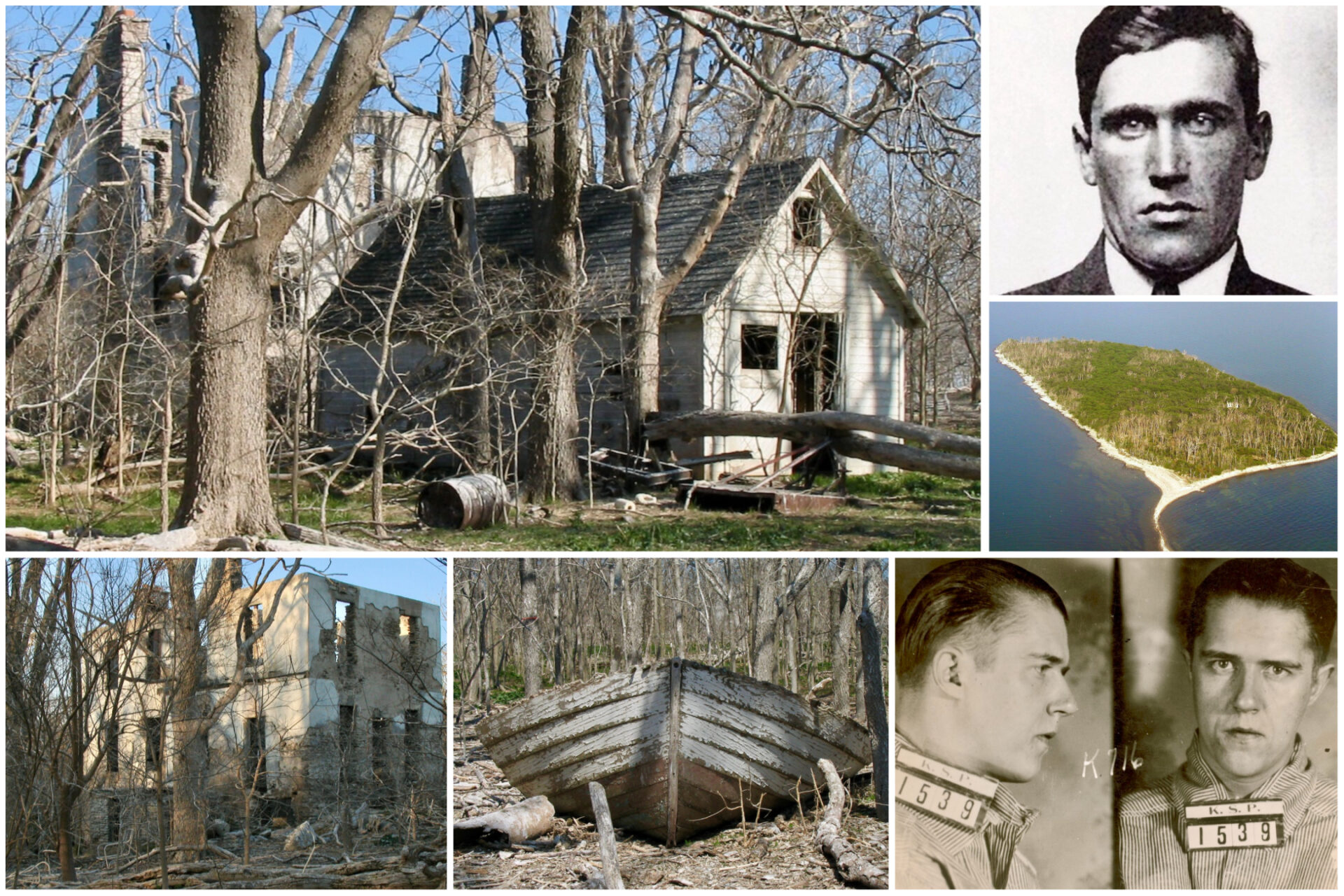GANGSTER GETAWAY
Now a nature preserve, Lake Erie’s Middle Island hides a notorious past as a key rum-running centre, complete with a luxury fishing lodge and casino
Advertisement

Middle Island certainly attracted the kings of the underworld, including the original Scarface himself, Al Capone, who was reportedly an avid angler. In her book Al Capone: His Life, Legacy and Legend,Deirdre Bair said that when Capone was told he could go fishing towards the end of his life, “he exhibited the joy of a boy being told he was about to get the treat of his dreams.” Capone had suffered for many years from syphilis, which ravaged his brain and left him a shadow of his former self, but fishing apparently brought him joy until his death in 1947.
Paul Feltz, whose father was hired to build Middle Island’s airstrip, tells a story from his youth about how he and a friend “borrowed” a rowboat to visit the island years after the resort fell to ruin. Filled with youthful exuberance and fueled by stories of rum-runners, stashed firearms and hidden treasure, they hoped to find the secret compartments rumoured to contain the booty of Al Capone and others. After a long row, they made it into the old mansion and located one of the hidden stash spots, but were disappointed to find it empty.
Advertisement
With the lure of easy money too much to resist, local fishermen also got in on Middle Island’s illicit action, using their boats and ice-going contraptions to help transport illegal spirits. As Wil and Pat O’Connell revealed it in their book Ohio Lighthouses, it didn’t take long for fishermen and others with boats to realize money could be made by bringing whisky into the U.S. via the island.

“It was rumoured that a fishing boat ferrying whisky from Middle Island to Put in Bay could bring in $10,000 per month,” the O’Connells wrote. “Most bootleggers were ordinary people, simply fishermen who wanted to make a little money. When the Depression hit in 1929, most people viewed bootlegging as a way to make a living and keep from going hungry.”
In a 2014 article for the weekly Erie Reader, writer Cory Vaillancourt wrote: “Local fishermen, utilizing their existing skills and equipment, participated enthusiastically in that drug war. That drug was alcohol. That war was Prohibition.” Smuggling became so popular with area fishermen that it spawned a new phrase: “Fishing for midnight herring.”
Advertisement
Rum-runners were as clever as they were nervy, devising creative ways to not only discreetly transport alcohol from place to place, but to also dispose of any evidence that could send them to prison. One tactic was to transport the bottles in burlap sacks hanging over the sides of their boats. That way, they could be easily cut away if police or bandits showed up unannounced. For decades after Prohibition ended, in fact, both commercial and recreational anglers continued to snag sacks of sunken bottles from the depths, their preserved contents commanding a premium price on the open market.

